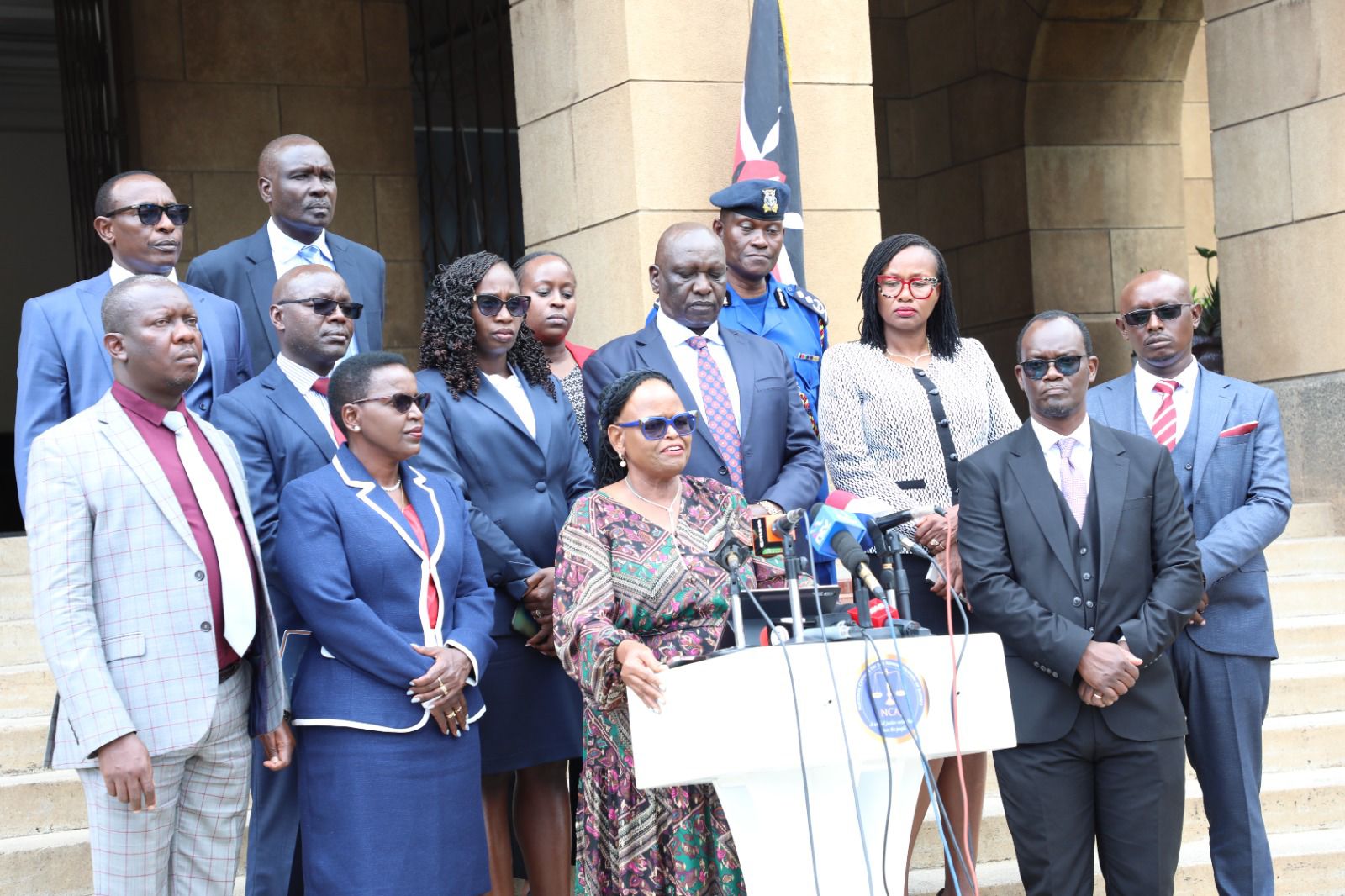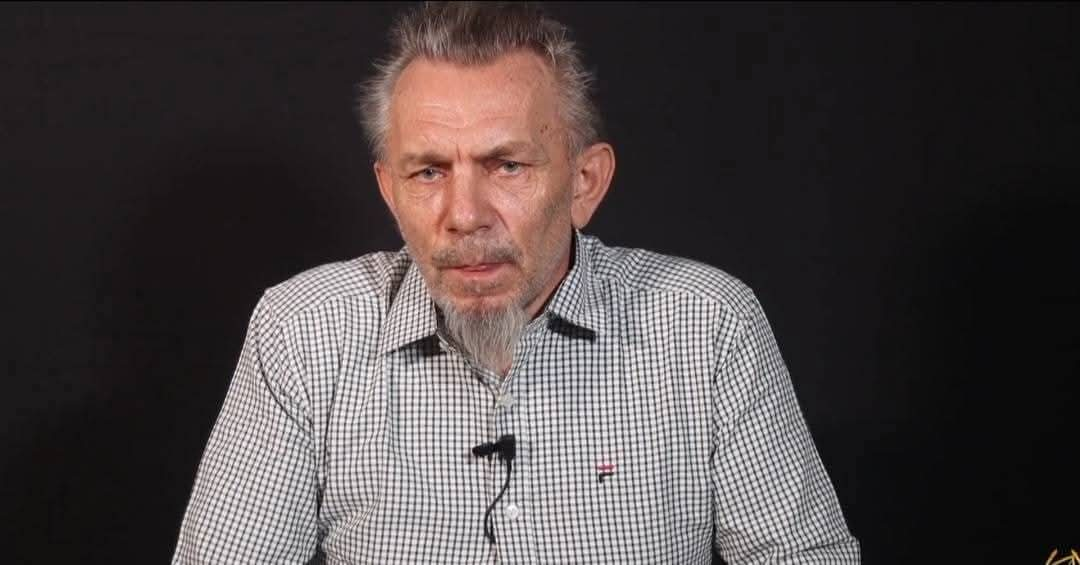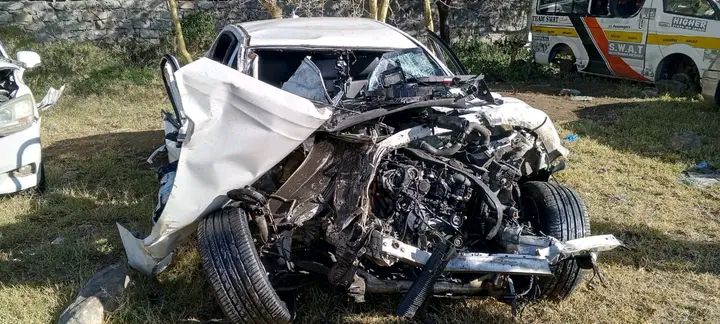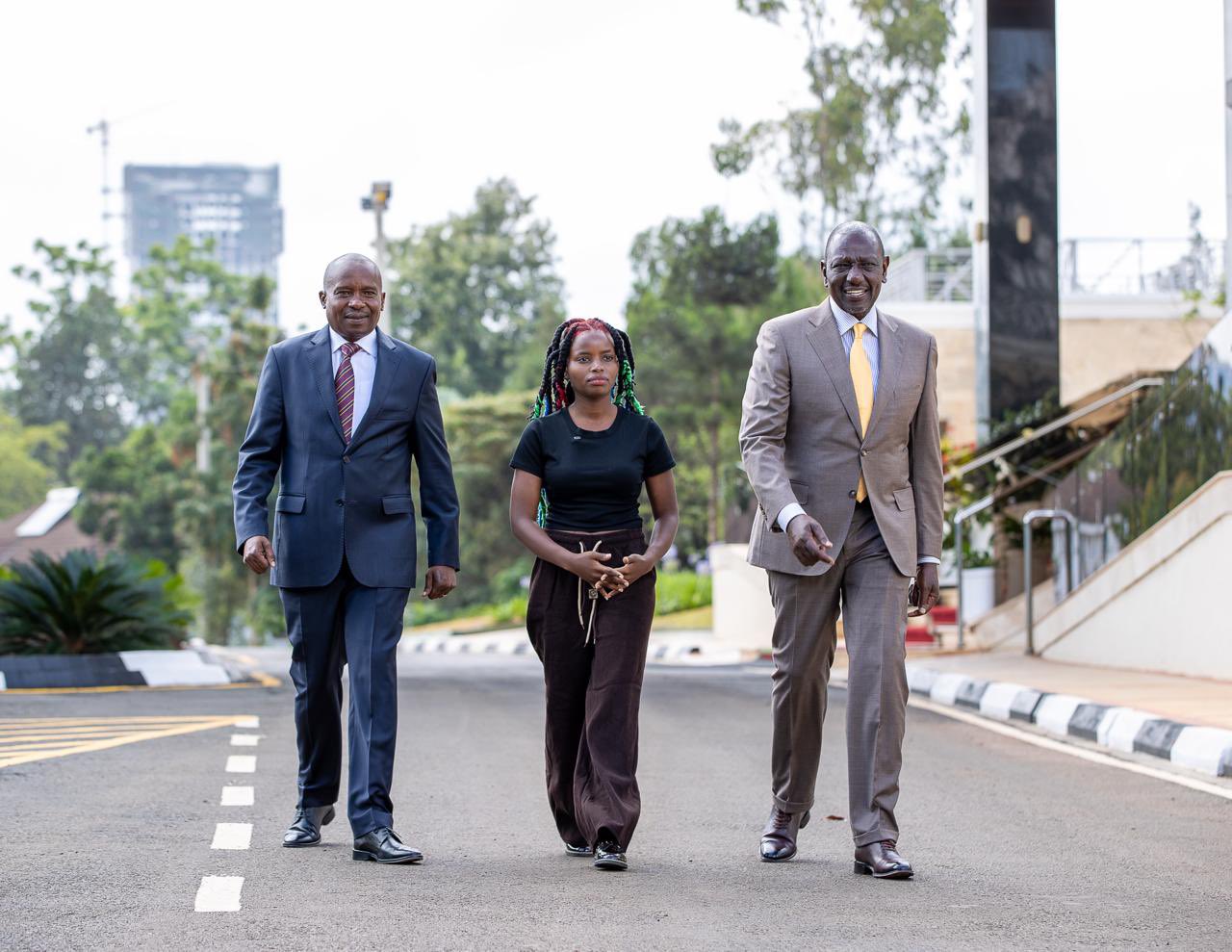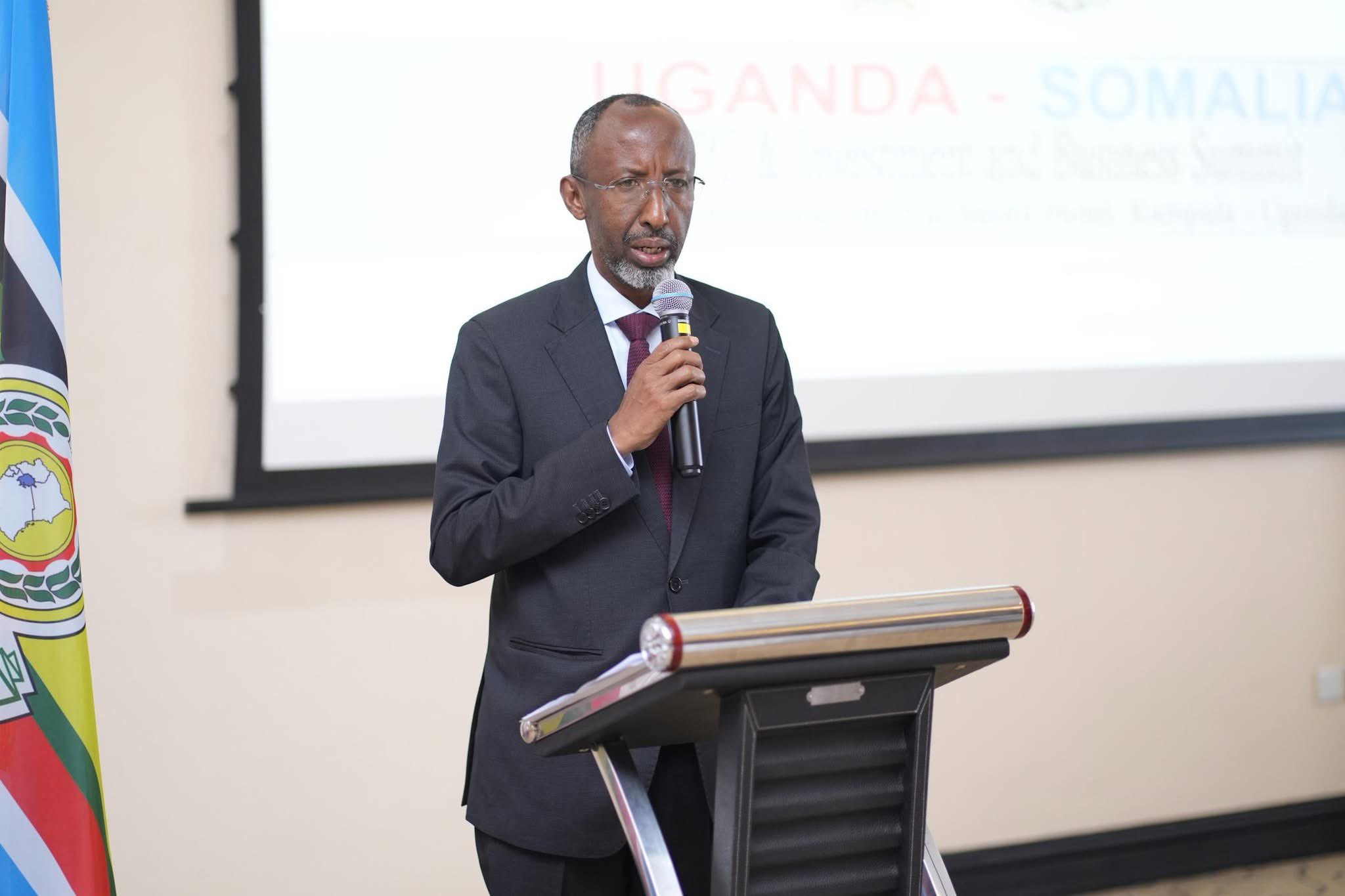Scientists reveal IVF breakthrough that could save rhino species
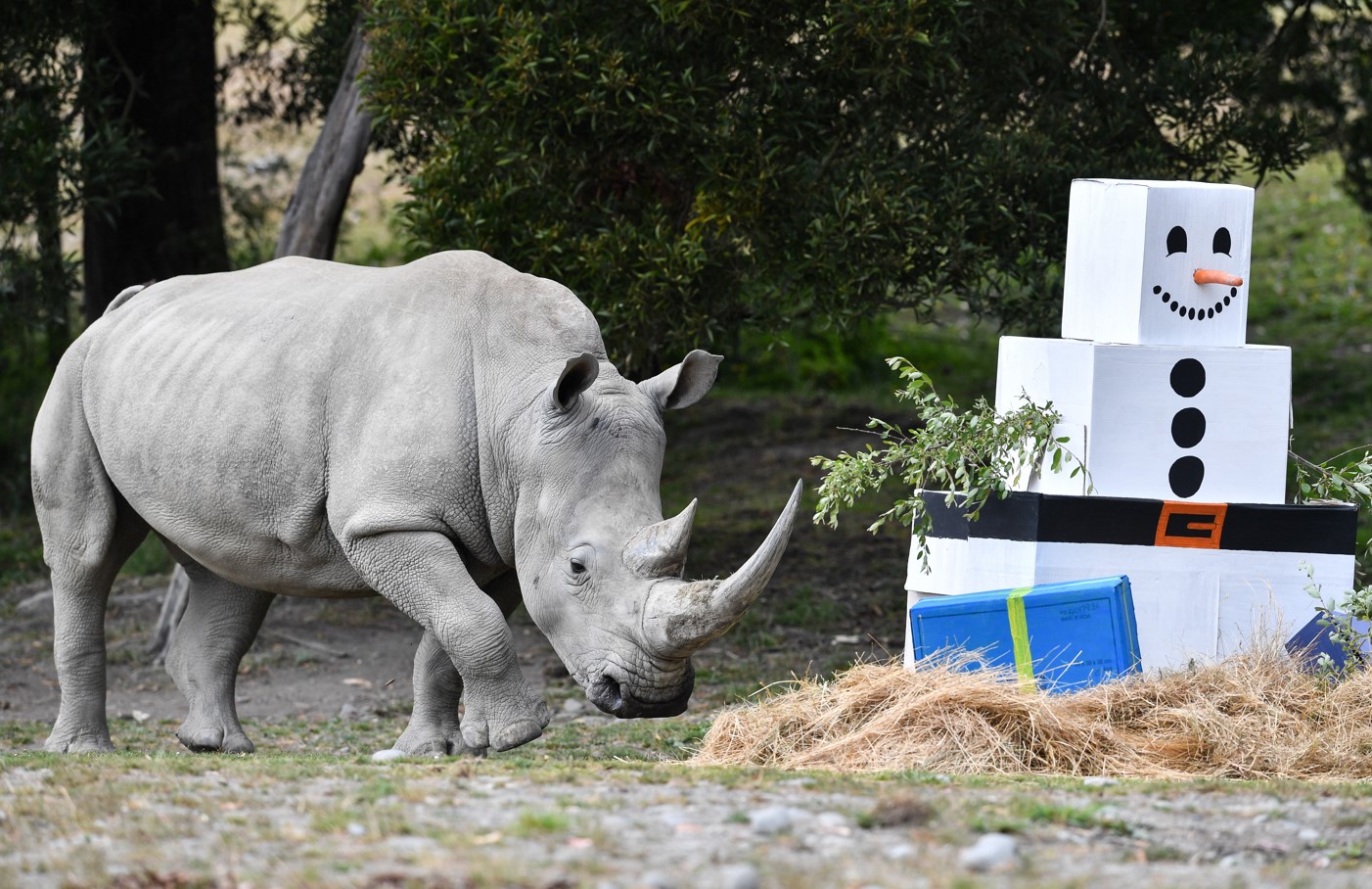
The impregnation of a southern white rhino with an embryo from the same species was a "milestone" on the way to helping their highly endangered northern cousins, project leader Thomas Hildebrandt said.
Scientists have carried out the first successful in vitro fertilisation of a southern white rhino, a breakthrough that could spell hope in the quest to save its cousin, the northern white rhino, whose last remaining members are both female.
Researchers from the scientific consortium Biorescue said they had established the first successful pregnancy in a rhino using in vitro fertilisation.
More To Read
- Latest rhino count a mixed bag for world's five species
- Kenya’s rhino boom signals major win for wildlife conservation as population grows by 31pc
- Race against time: Fight to save the Northern White Rhinos
- Three wildlife traffickers arrested, Sh2.9m rhino horn seized in Homa Bay operation
- Kenya to use assisted reproduction in bid to save northern white rhino from extinction
- Kenya relocates 21 black rhinos to save them
The Ol Pejeta Conservancy in Nanyuki said the southern white rhino embryo was produced in vitro from collected egg cells and sperm and transferred into a southern white rhino surrogate mother in September 2023. Seventy days later the BioRescue team confirmed a pregnancy.
There are only two remaining northern white rhinos in the world, Najin and Fatu, both females incapable of carrying a calf to term. They live in a 700-acre enclosure at Ol Pejeta under armed protection from poachers. The last male, named Sudan, died at Ol Pejeta in 2018.
There are only 30 northern white rhino embryos in the world, which were created using eggs harvested from Fatu, the younger of the two surviving females in Kenya, and sperm collected from two male northern whites before they died. They are stored in liquid nitrogen in Germany and Italy.
At a press conference in Berlin, Germany, project leader Thomas Hildebrandt said the impregnation of a southern white rhino with an embryo from the same species was a "milestone" on the way to helping their highly endangered northern cousins.
The team aimed to "produce northern white rhino calves in the next two to two-and-a-half years", Hildebrandt estimated, although the process could take longer.
"We achieved something that was not believed to be possible," said the project leader, a professor at the Leibniz Institute for Zoo and Wildlife Research institute.
Ol Pejeta said this remarkable achievement is a cornerstone in the mission to save the northern white rhino, as it proves the process works and that it will now be possible to take the next crucial step – an embryo transfer with a northern white rhino embryo – for the first time.
The next step in the ambitious breeding programme will see scientists attempt the feat in a surrogate from the closely related southern species.
The reproduction programme is the majestic animals' last chance at survival. Hildebrandt said the technology could potentially provide a model for other endangered rhino species, such as the Sumatran rhino in Southeast Asia.
Modern rhinos have roamed the planet for 26 million years and it is estimated that more than a million still lived in the wild in the middle of the 19th century. They have very few natural predators but their numbers have been decimated by poaching since the 1970s, according to the International Rhino Foundation.
According to the Tsavo Trust, Kenya has the third largest rhinocerous population in the world, after South Africa and Namibia. Estimates from the World Wide Fund For Nature say there are an estimated 1,780 rhinos in Kenya, 840 of which are the southern white rhinos.
Additional reporting by AFP
Top Stories Today
